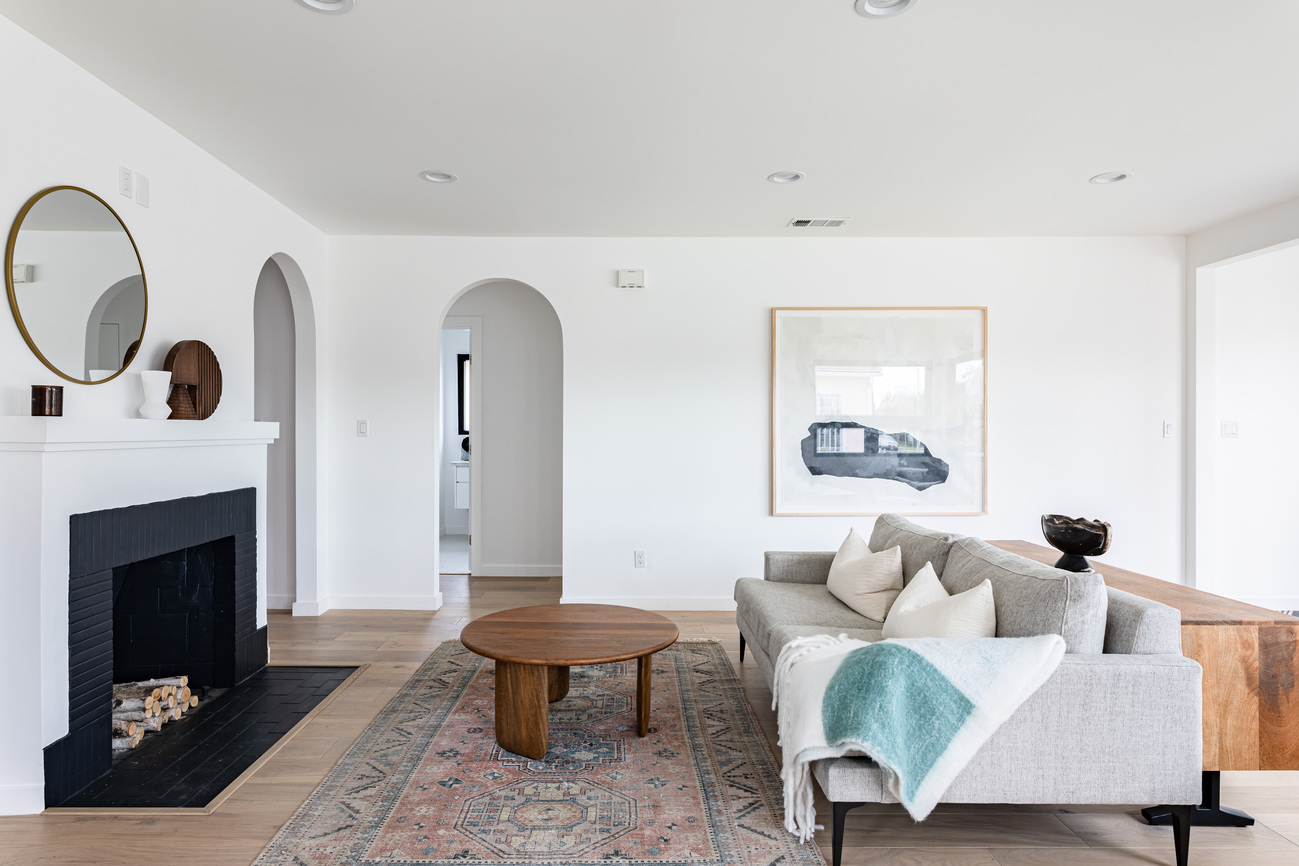

Articles
How To Block Off Fireplace
Modified: December 7, 2023
Learn how to effectively block off your fireplace in this informative article. Discover different methods and tips to ensure safety and energy efficiency.
(Many of the links in this article redirect to a specific reviewed product. Your purchase of these products through affiliate links helps to generate commission for Storables.com, at no extra cost. Learn more)
Introduction
Fireplaces can be a charming and cozy feature in any home. However, there may be times when you want to block off your fireplace for various reasons. Whether you live in a warmer climate and don’t plan on using the fireplace, or you have young children or pets that need to be kept away from the open flames, blocking off the fireplace is a practical and important step to take.
In this article, we will guide you through the process of blocking off a fireplace. We will provide step-by-step instructions, along with helpful tips and precautions to ensure both the functionality and safety of your blocked fireplace. So let’s dive in and learn how to effectively block off your fireplace!
Key Takeaways:
- Transform your fireplace into a stylish and safe feature by following our step-by-step guide to blocking it off. Prioritize safety, aesthetics, and regular maintenance for a seamless home addition.
- Gather the necessary materials, measure and cut the blocking material, and add finishing touches to create a visually appealing blocked fireplace. Regular maintenance and safety precautions are essential for long-term safety and functionality.
Read more: How To Block A Chimney Off
Step 1: Gather the Necessary Materials
Before you begin the process of blocking off your fireplace, it is important to gather all the necessary materials. Having everything prepared beforehand will make the process smoother and more efficient. Here are the materials you will need:
- Measuring tape: To accurately measure the dimensions of your fireplace opening.
- Plywood or fire-resistant blocking material: This will serve as the main material to block off the fireplace. Make sure to choose a material that is fire-resistant and will withstand the heat produced by the fireplace.
- Saw: To cut the blocking material to the required dimensions.
- Screws or brackets: To secure the blocking material in place.
- Paint or stain (optional): If you want to match the blocking material with the surrounding decor, you may choose to paint or stain it accordingly.
- Paintbrush or sponge: To apply paint or stain, if desired.
- Safety goggles: To protect your eyes while working with tools.
- Gloves: To protect your hands.
Once you have gathered all the necessary materials, you are ready to move on to the next step: cleaning and preparing the fireplace.
Step 2: Clean and Prepare the Fireplace
Before you start blocking off your fireplace, it is essential to clean and prepare the area. This step will ensure that the blocking material adheres properly and that there are no obstructions that could potentially pose a safety risk. Here’s how to clean and prepare your fireplace:
- Remove any debris: Use a brush or vacuum to remove any dust, ash, or debris from the fireplace and its surroundings. This will provide a clean surface for the blocking material.
- Inspect for damage: Check the interior and exterior of the fireplace for any signs of damage, such as cracks or loose bricks. If you notice any issues, consult a professional before proceeding.
- Close the damper: Ensure that the damper is fully closed to prevent drafts and to contain any potential heat from the fireplace.
- Protect the floor: Lay down a drop cloth or old sheets on the floor surrounding the fireplace to catch any debris and protect the flooring from damage.
- Turn off the gas supply (if applicable): If your fireplace is gas-powered, make sure to turn off the gas supply before proceeding. Safety should always be your top priority.
By thoroughly cleaning and preparing your fireplace, you are setting the stage for a smooth and safe installation of the blocking material. Once you have completed this step, you can move on to measuring and cutting the blocking material in the next step.
Step 3: Measure and Cut the Blocking Material
Now that you have cleaned and prepared your fireplace, it’s time to measure and cut the blocking material. This step is crucial to ensure that the material fits perfectly and effectively blocks off the fireplace opening. Follow these steps:
- Measure the dimensions: Use a measuring tape to measure the width and height of the fireplace opening. Be precise in your measurements to ensure an accurate fit.
- Transfer the measurements to the blocking material: Mark the measurements on the plywood or fire-resistant blocking material. Use a straight edge or square to draw straight lines.
- Cut the blocking material: Carefully cut along the marked lines using a saw. Remember to wear safety goggles and gloves to protect yourself during this step.
- Check the fit: Place the cut blocking material in the fireplace opening to check the fit. It should fit snugly and cover the entire opening without any gaps.
- Make any necessary adjustments: If the blocking material doesn’t fit properly, trim it further until it fits perfectly. Take your time to ensure a precise fit.
By accurately measuring and cutting the blocking material, you are ensuring that it will effectively prevent any drafts or access to the fireplace. Once you have completed this step, you can move on to installing the blocker in the next step.
Step 4: Install the Blocker
With the blocking material cut to the proper dimensions, it’s time to install it in your fireplace. This step requires careful positioning and securing of the blocker. Follow these steps to install the blocker:
- Place the blocker in the fireplace opening: Lift the blocking material and carefully insert it into the fireplace opening. Make sure it is centered and covers the entire opening.
- Check for clearance: Ensure that there is enough clearance on all sides of the blocker. It should fit snugly without any gaps or spaces that may compromise its effectiveness.
- Attach the blocker: Depending on the type of blocking material and the design of your fireplace, you can secure the blocker using screws or brackets. Drive screws or attach brackets to the sides of the fireplace to hold the blocker firmly in place.
- Double-check the positioning: Once the blocker is attached, double-check that it is still properly centered and aligned within the fireplace opening. Make any necessary adjustments before moving on to the next step.
By installing the blocker securely, you are ensuring that it will stay in place and effectively block off the fireplace. However, it’s essential to take further precautions to enhance the safety and aesthetics, which we will cover in the next step.
To block off a fireplace, use a fireplace cover or screen to prevent drafts and debris from entering the room. You can also use insulation or a removable panel for a more permanent solution.
Read more: How To Block Off Under A Recliner
Step 5: Secure the Blocker in Place
Once you have installed the blocker in the fireplace opening, it’s important to secure it in place to ensure its stability and effectiveness. In this step, we will cover additional measures you can take to secure the blocker. Follow these steps:
- Secure with additional screws or brackets: If the blocker feels loose or unstable, you can further secure it by adding additional screws or brackets. Place them strategically along the sides of the blocker to provide extra support.
- Apply adhesive or caulk: To prevent any gaps or drafts, you can apply adhesive or caulk along the edges of the blocking material. This will help create a more airtight seal and enhance the insulation.
- Consider using anchors or hooks: Depending on the design of your fireplace and the blocking material used, you may opt to use anchors or hooks to secure the blocker more firmly. These can be attached to the wall or surrounding structure to hold the blocker in place.
- Test the stability: Once you have implemented these additional measures, gently test the blocker to ensure it remains secure and stable. If there is any movement or instability, make further adjustments or reinforcement as necessary.
By taking these extra steps to secure the blocker, you can enhance its effectiveness and improve the overall safety of your blocked fireplace. However, don’t forget to add some finishing touches to make it visually appealing, which we will discuss in the next step.
Step 6: Add Finishing Touches
Blocking off your fireplace doesn’t mean compromising on aesthetics. In this step, we will discuss how to add some finishing touches to make your blocked fireplace visually appealing. Follow these steps:
- Paint or stain the blocker: If you prefer a more seamless look, you can paint or stain the blocking material to match the surrounding decor. Choose a color or finish that complements your interior design style.
- Add decorative elements: Consider adding decorative elements to the blocking material to enhance its appearance. This could include attaching a decorative grate or panel, or even a piece of artwork that covers the blocker.
- Dress up the mantle: If your fireplace has a mantle, use it as a focal point for decor. Place artwork, candles, or other decorative objects on the mantle to draw attention away from the blocked fireplace.
- Use a fireplace screen: To add an extra layer of aesthetics, you can place a decorative fireplace screen in front of the blocked fireplace. This can add visual interest and help create a more polished look.
By adding these finishing touches, you can transform your blocked fireplace into a stylish and visually pleasing feature in your home. However, it’s important to remember that regular maintenance and safety precautions are still necessary, which we will cover in the next step.
Step 7: Regular Maintenance and Safety Precautions
Blocking off your fireplace is not a “set it and forget it” task. It requires regular maintenance and adherence to safety precautions to ensure the continued functionality and safety of the blocked fireplace. Follow these steps to maintain your blocked fireplace:
- Inspect the blocker regularly: Check the blocker for any signs of damage, such as cracks or loose screws. Repair or replace any damaged parts to maintain its effectiveness.
- Clean the area around the blocked fireplace: Regularly remove any dust, debris, or flammable materials that may accumulate near the blocked fireplace. This will help prevent any potential fire hazards.
- Keep flammable materials away: Ensure that no flammable objects, such as furniture or curtains, are placed near the blocked fireplace. This will reduce the risk of accidental fires.
- Test smoke detectors and fire extinguishers: Regularly test the smoke detectors and ensure that fire extinguishers are in proper working condition. Having these safety measures in place is crucial in case of any emergencies.
- Seek professional help if needed: If you notice any issues with the blocked fireplace, or if you are unsure about any maintenance procedures, it’s always best to consult a professional. They can provide guidance and ensure the safety of your blocked fireplace.
By following these maintenance steps and safety precautions, you can ensure that your blocked fireplace remains secure and safe for years to come. It’s important to prioritize safety and to address any issues promptly to maintain a safe environment in your home.
Conclusion
Blocking off a fireplace can be a practical and important step for various reasons, such as energy conservation, child and pet safety, or simply for aesthetic purposes. By following the step-by-step process outlined in this article, you can effectively block off your fireplace while maintaining its functionality and enhancing the overall safety of your home.
Remember to gather all the necessary materials, clean and prepare the fireplace, measure and cut the blocking material to fit the opening, and securely install it. Take the time to add finishing touches to make the blocked fireplace visually appealing, but don’t forget to prioritize regular maintenance and adhere to safety precautions.
Regularly inspecting the blocker, keeping the area clean, and practicing proper safety measures will ensure the continued effectiveness and safety of your blocked fireplace. If you are unsure about any procedures, seek guidance from professionals who can provide expert advice.
Blocking off a fireplace is not only a functional solution but also an opportunity to enhance the aesthetics of your home. With proper care and attention, your blocked fireplace can become a seamless and stylish addition to your living space.
We hope this article has provided you with valuable insights and guidance on how to block off a fireplace. By following these steps, you can enjoy peace of mind, knowing that your fireplace is safely blocked off and ready to complement your home’s design or protect your loved ones.
Frequently Asked Questions about How To Block Off Fireplace
Was this page helpful?
At Storables.com, we guarantee accurate and reliable information. Our content, validated by Expert Board Contributors, is crafted following stringent Editorial Policies. We're committed to providing you with well-researched, expert-backed insights for all your informational needs.
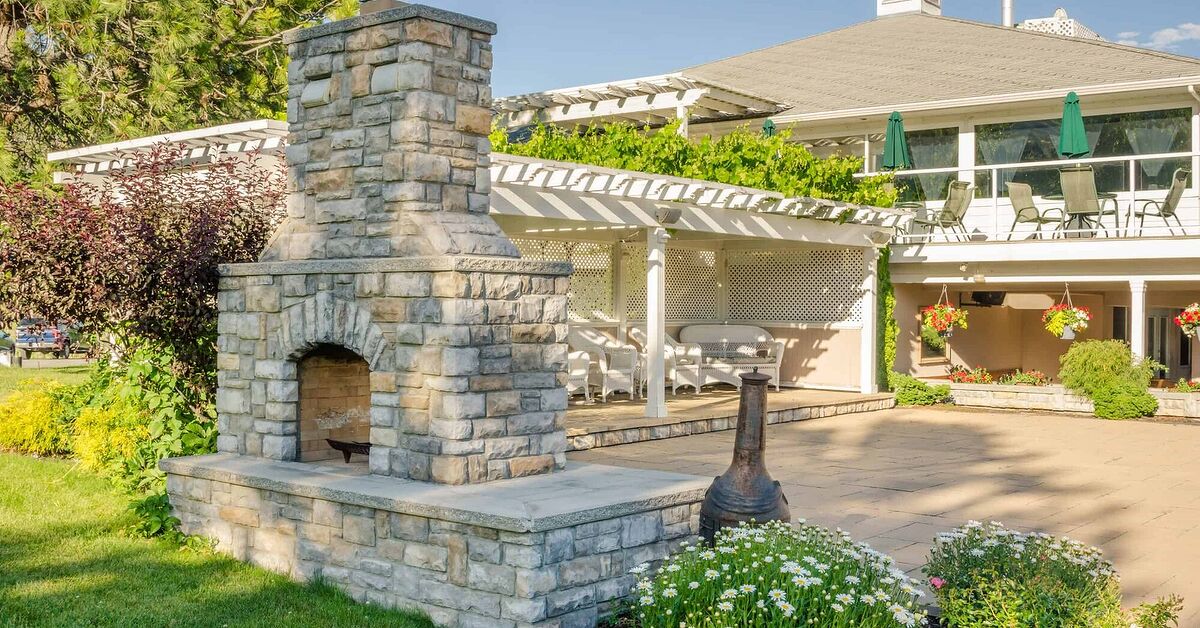
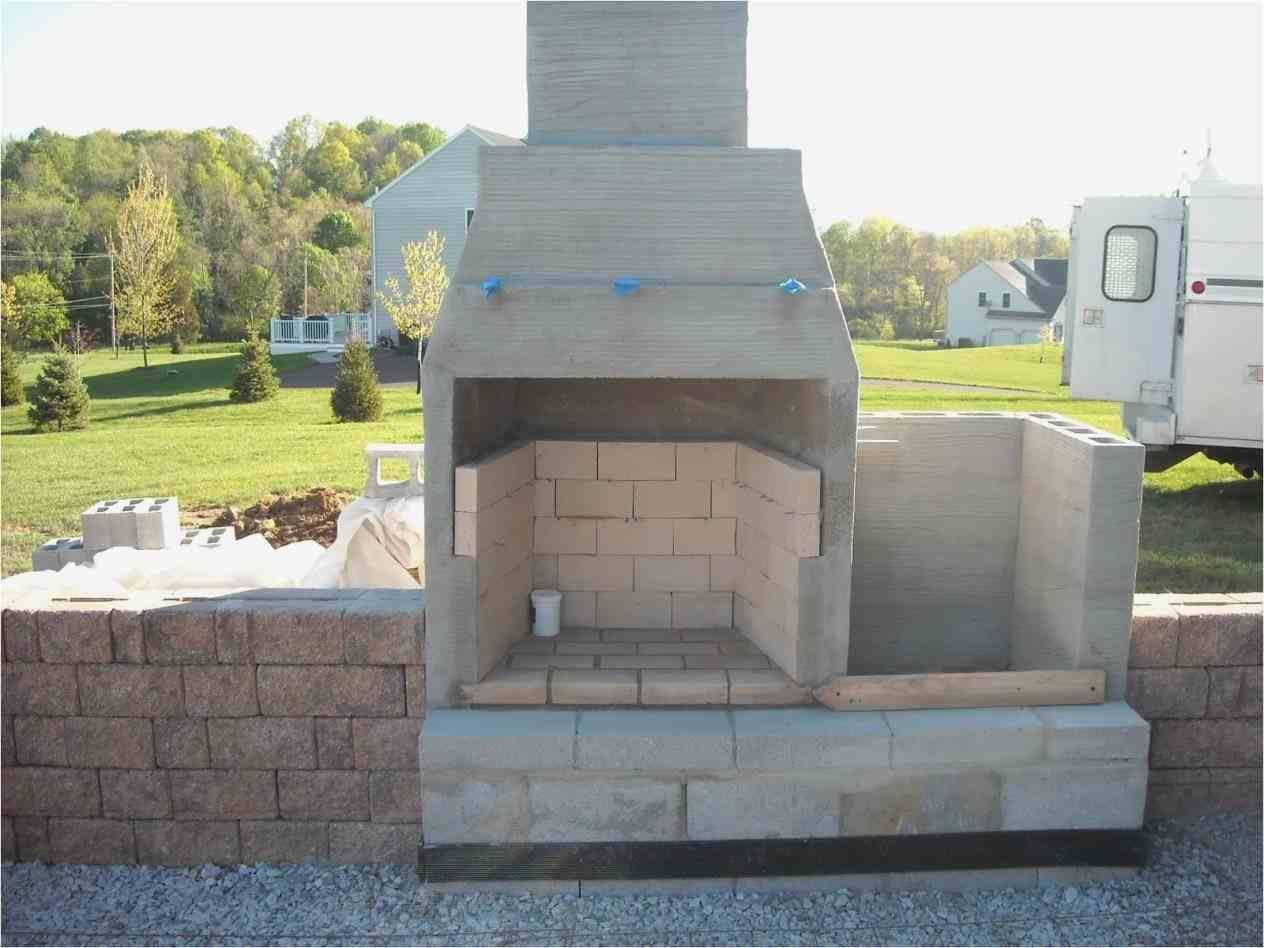
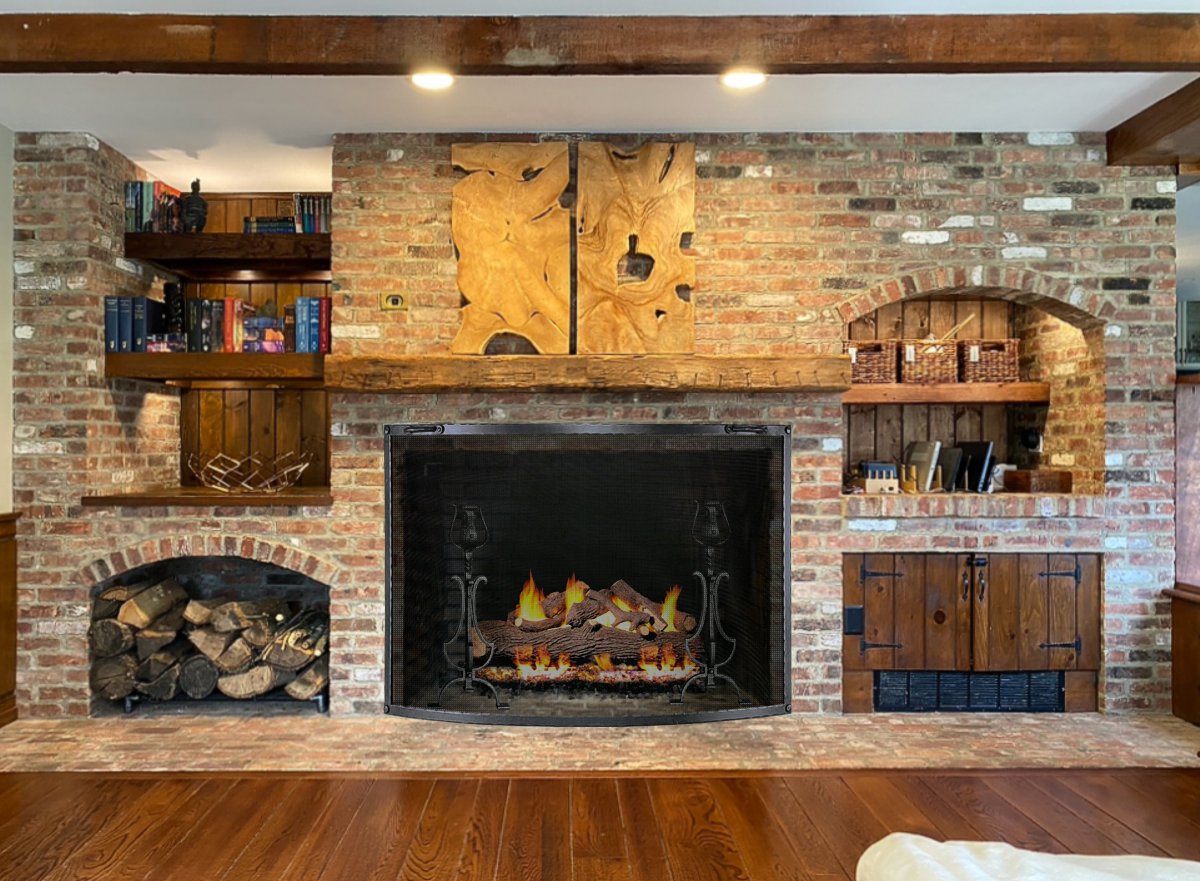
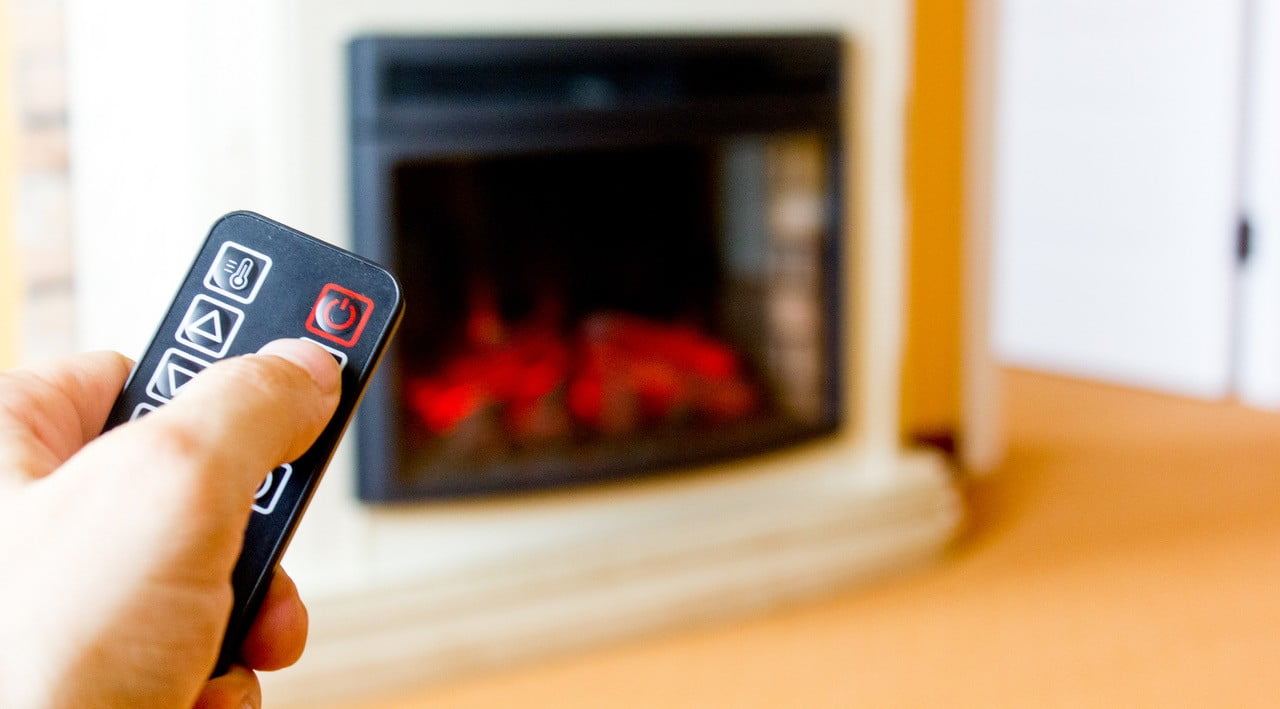
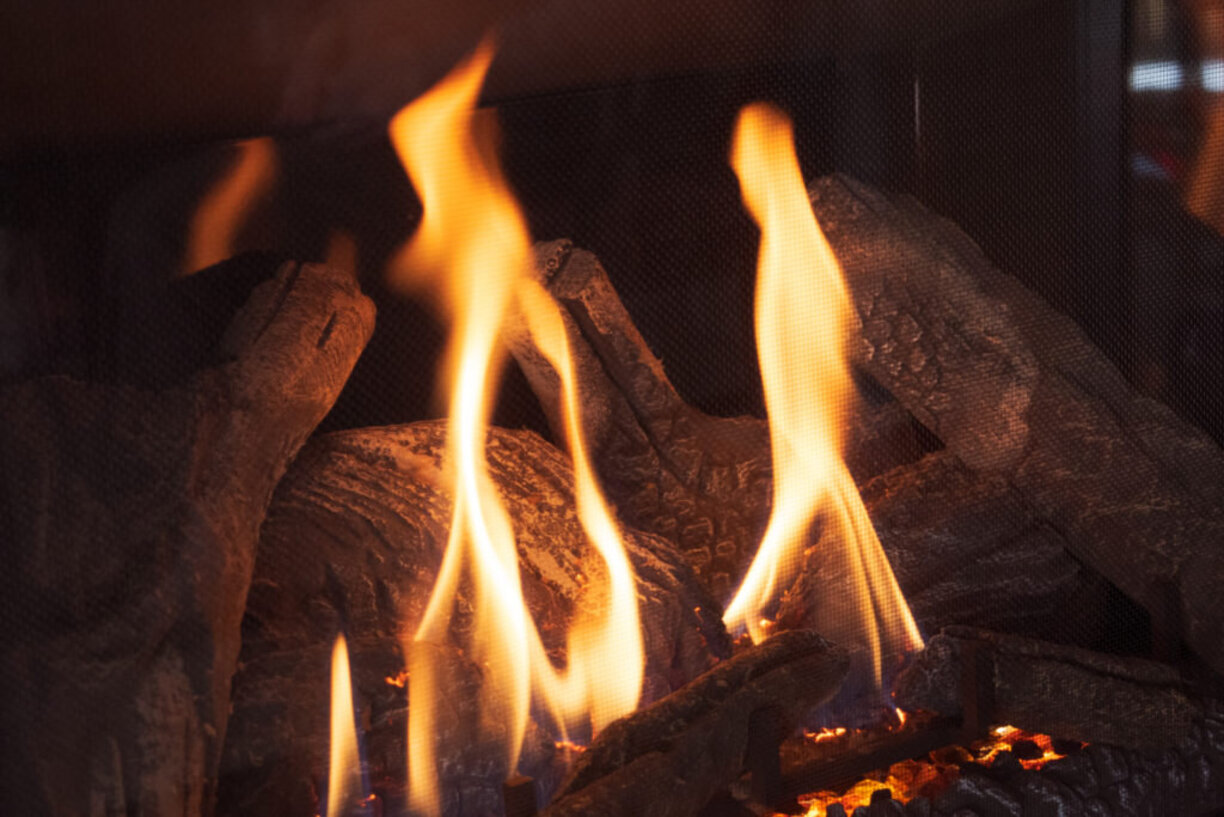
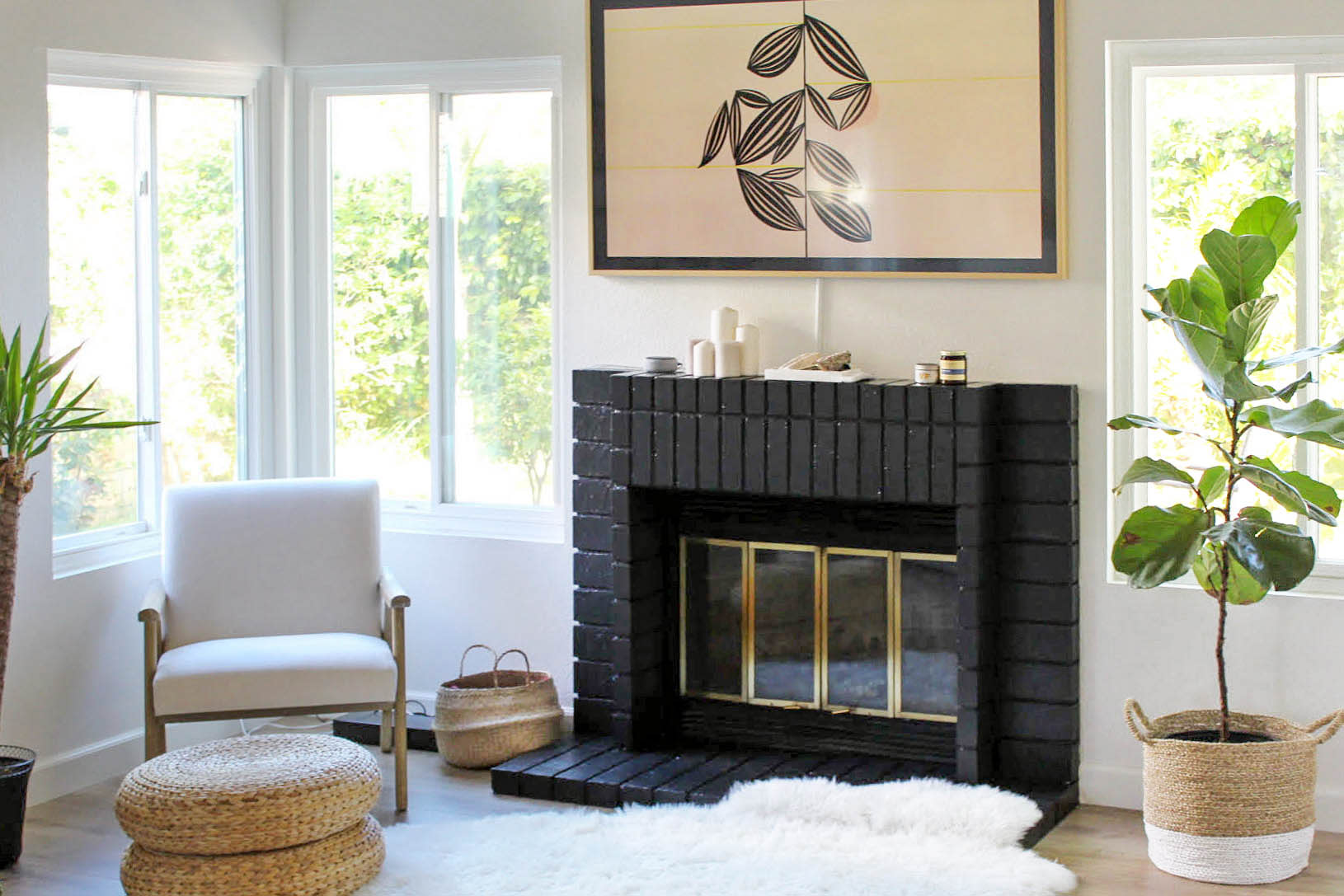
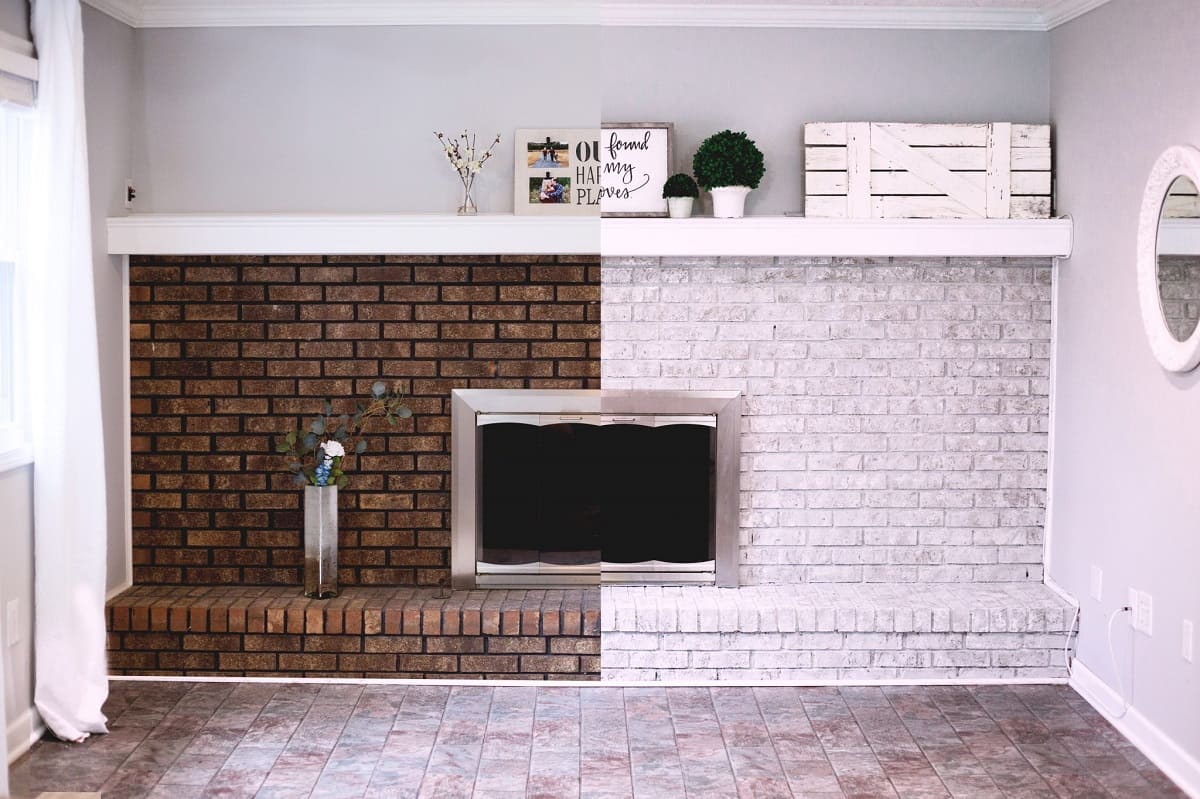
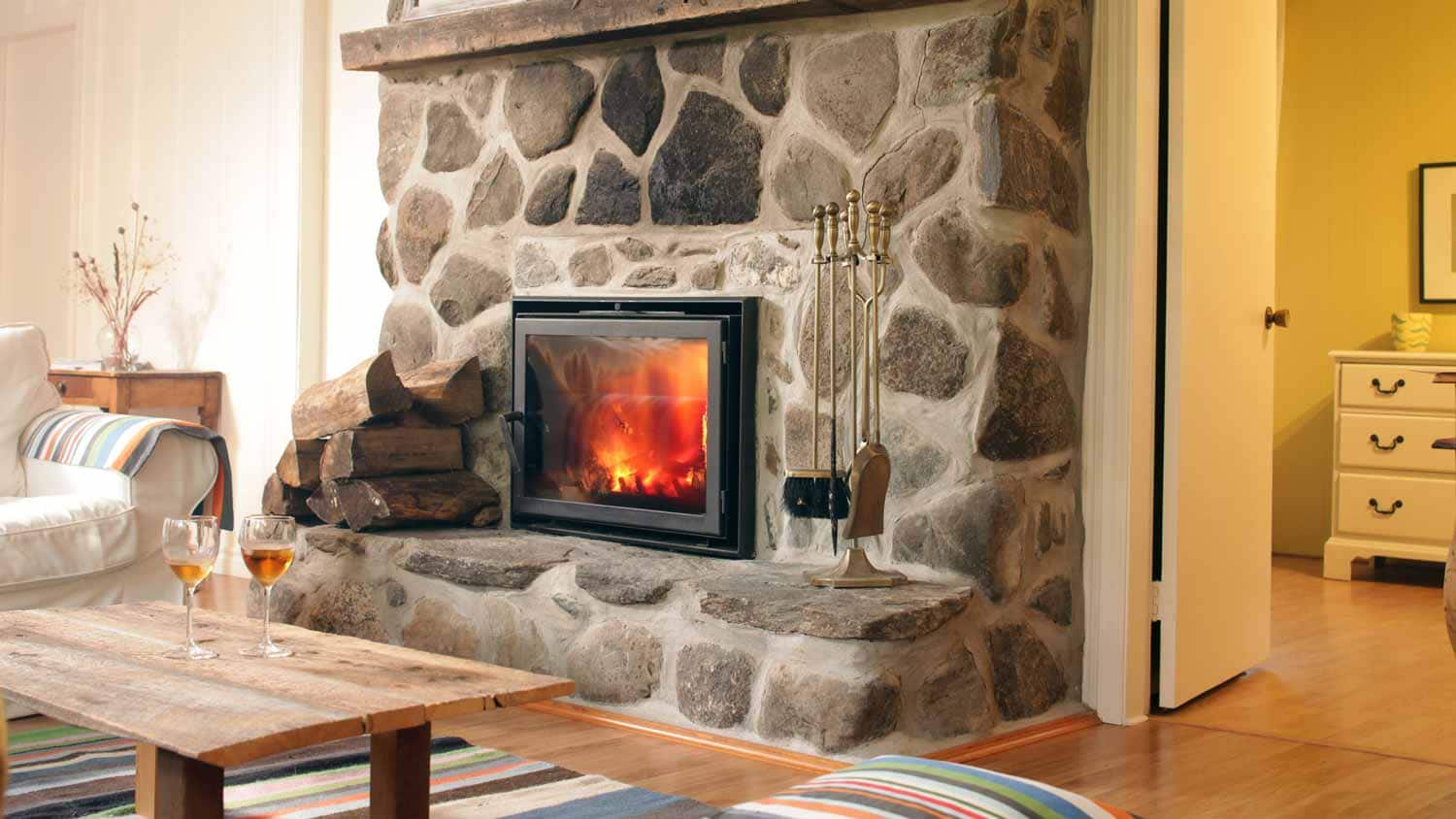
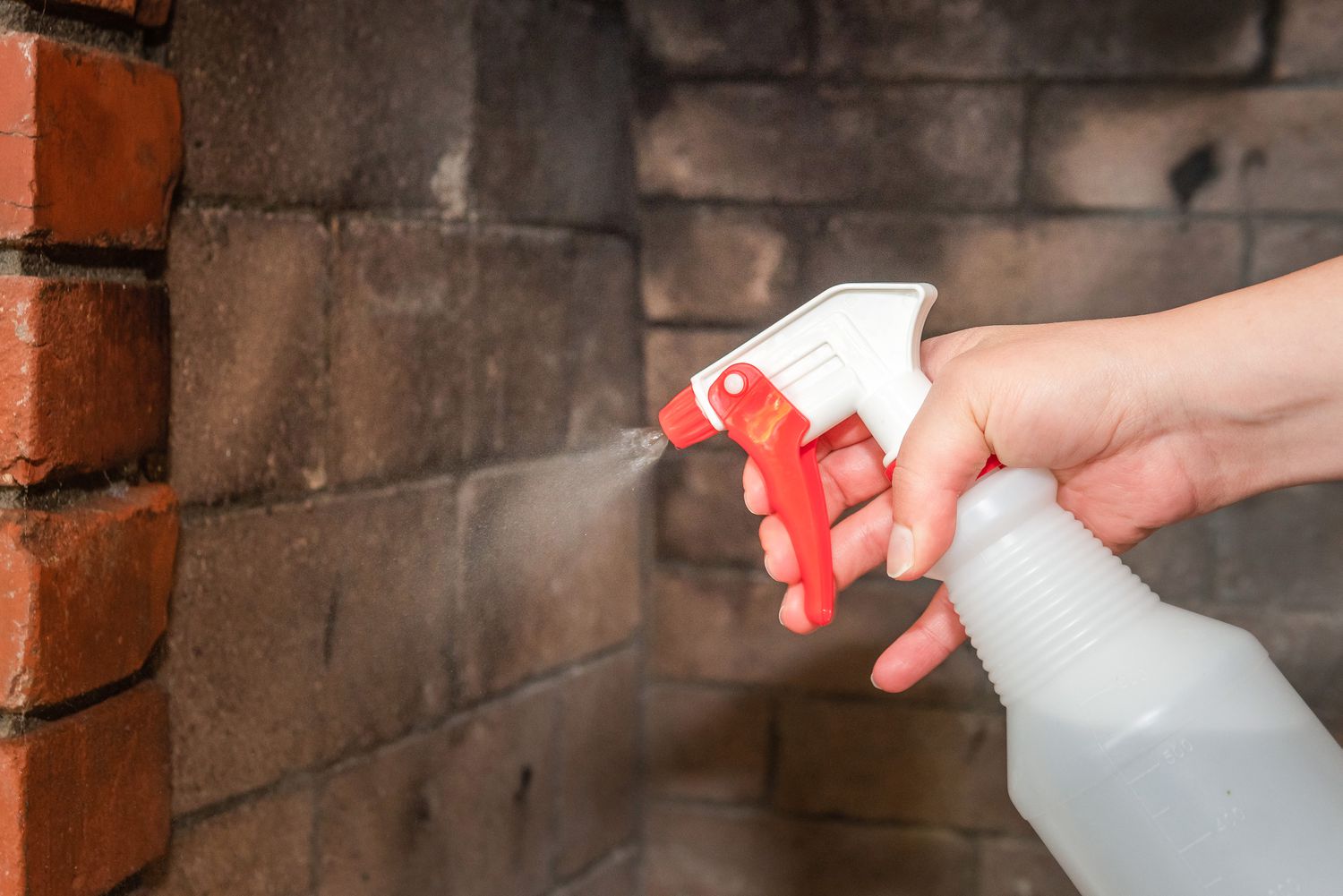
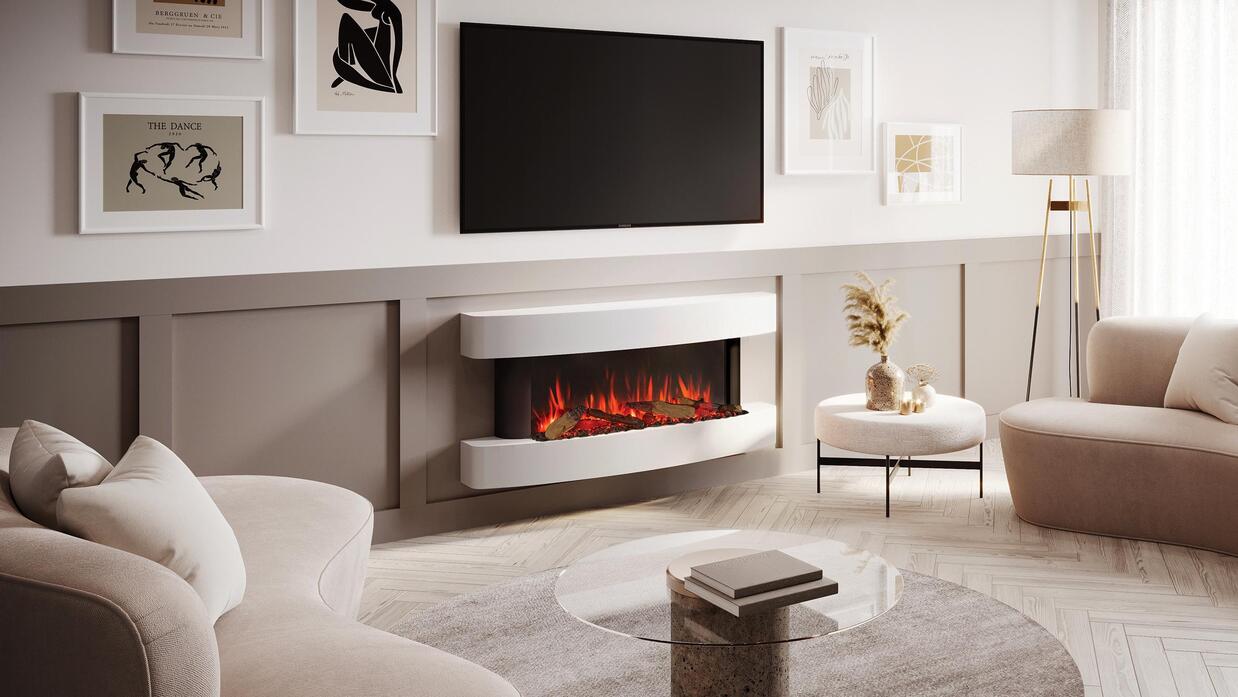
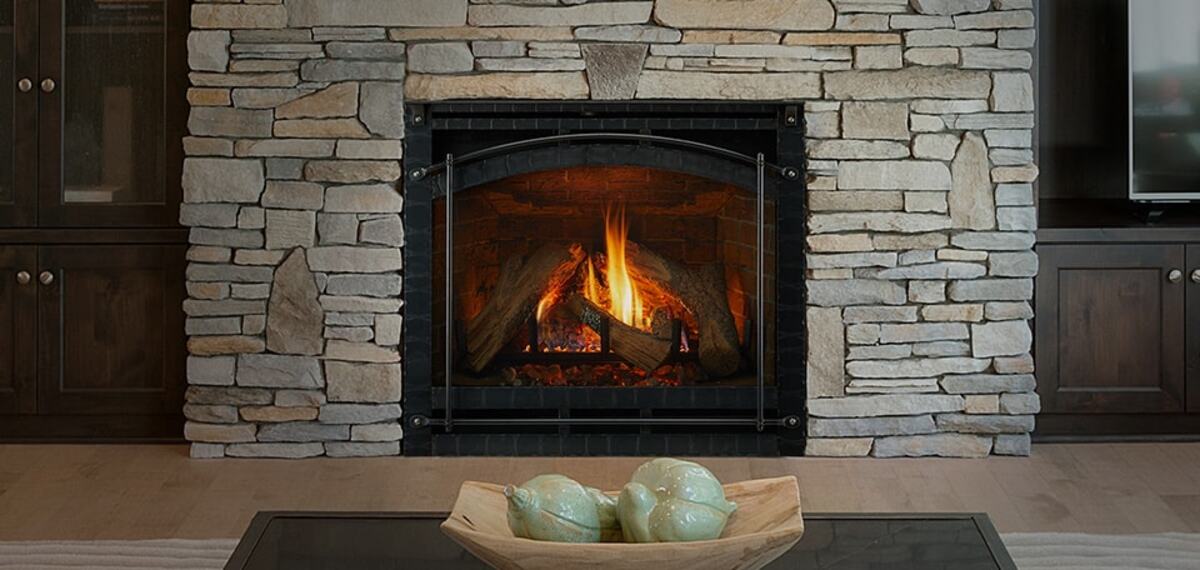
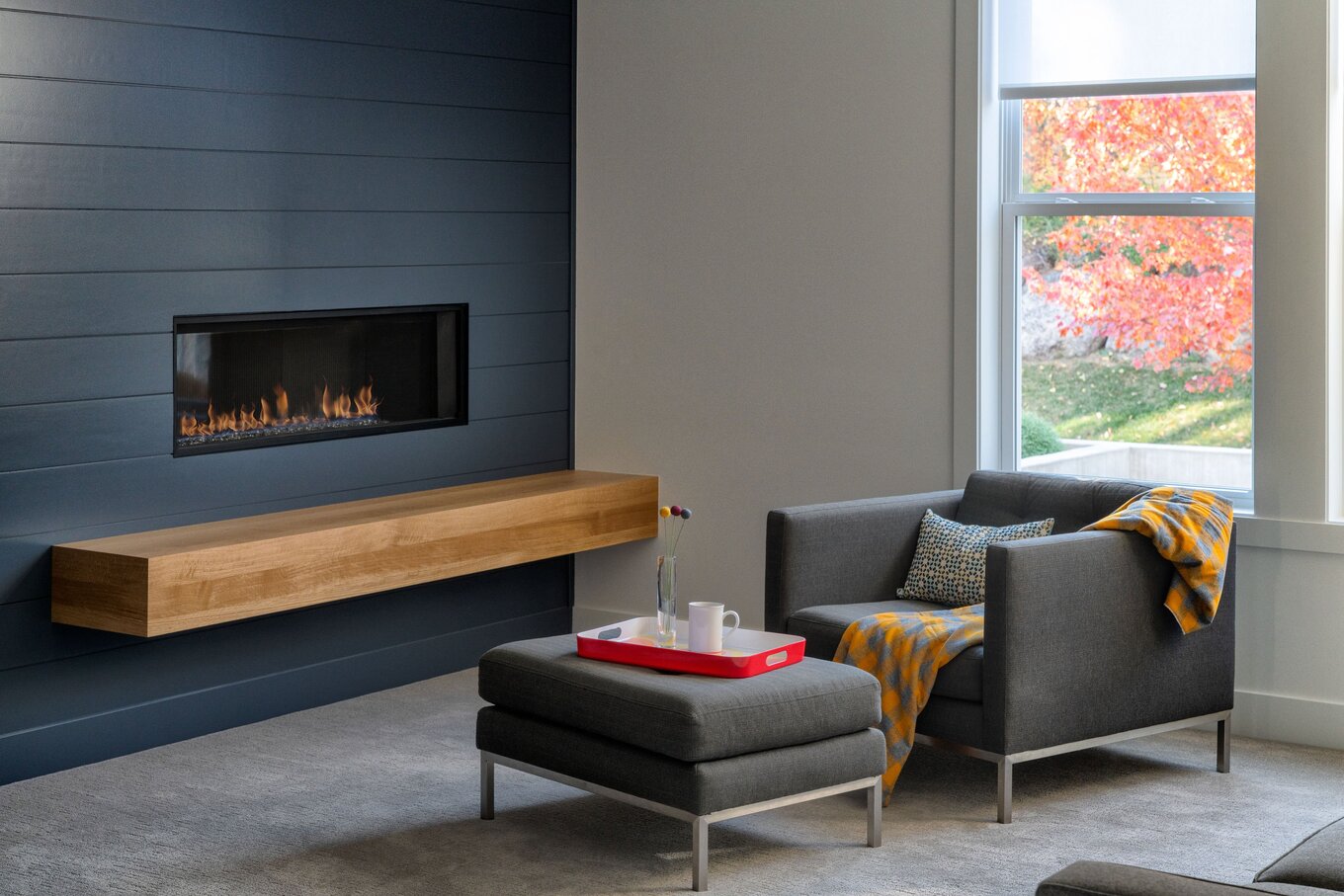
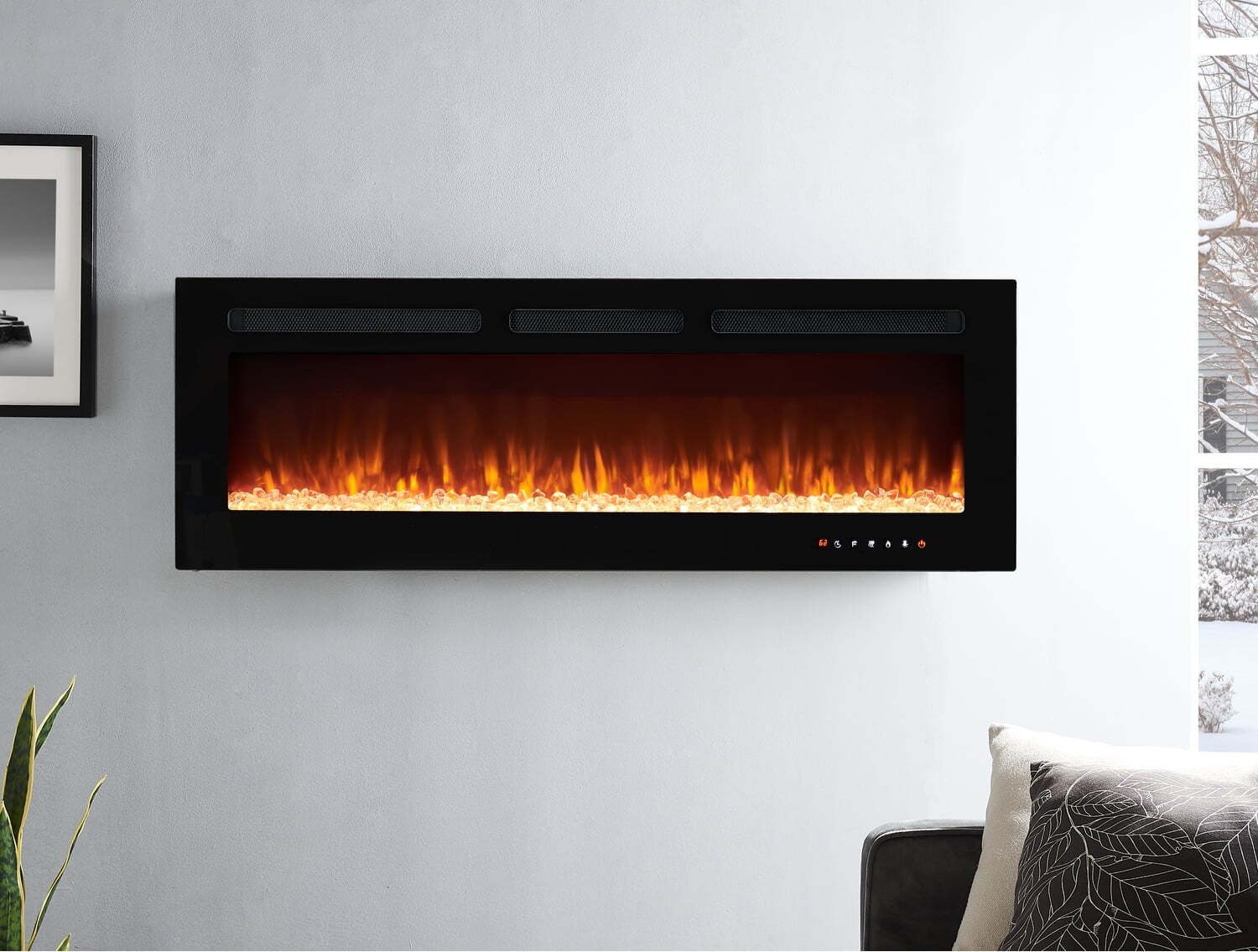
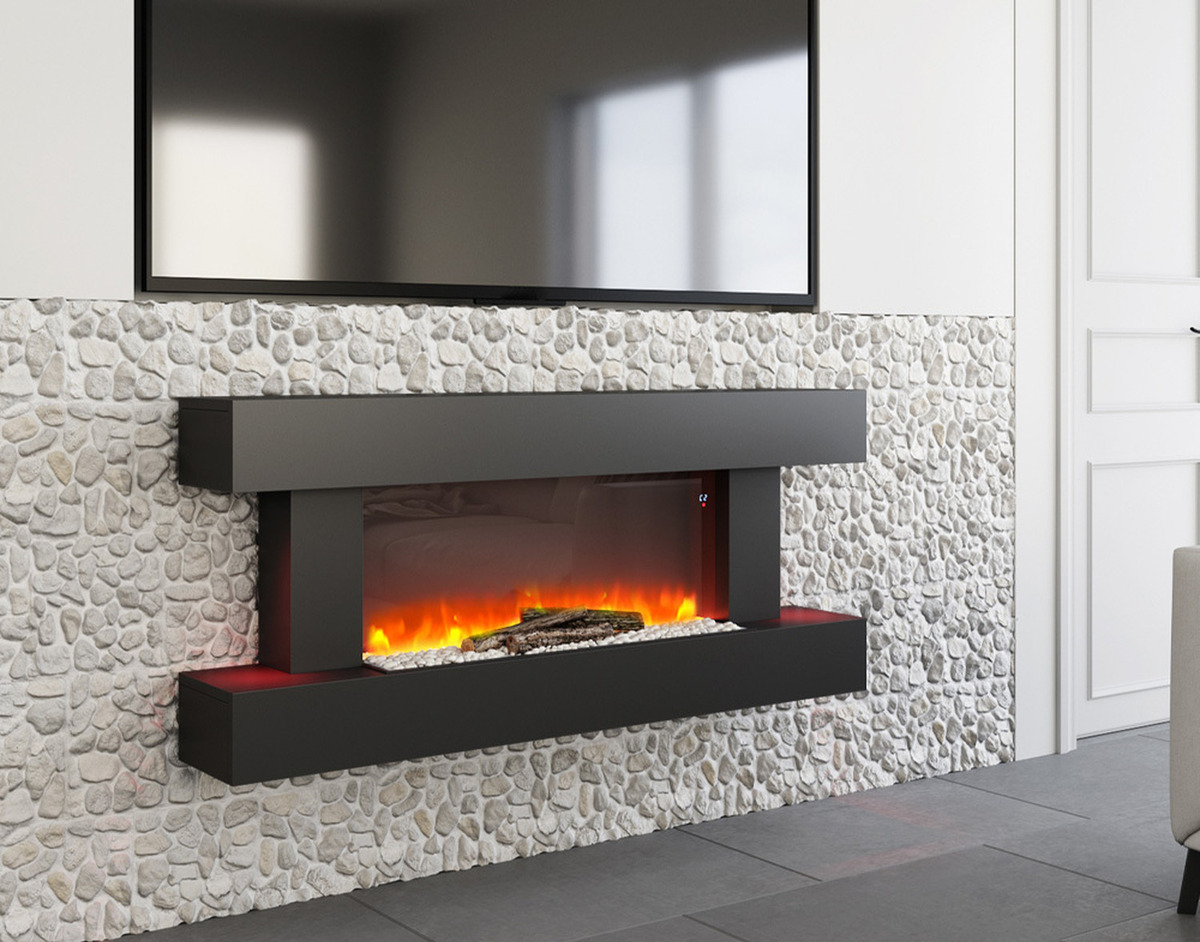

0 thoughts on “How To Block Off Fireplace”